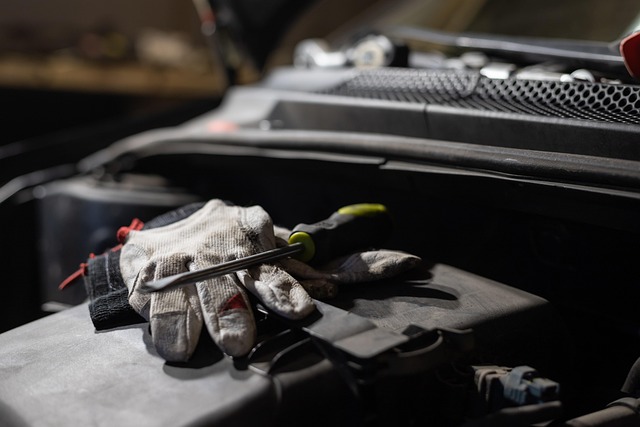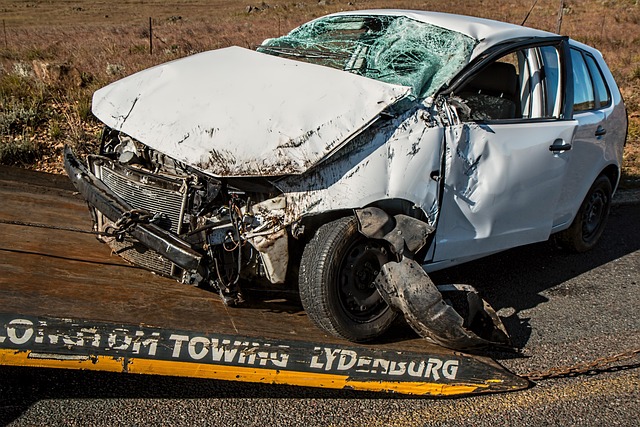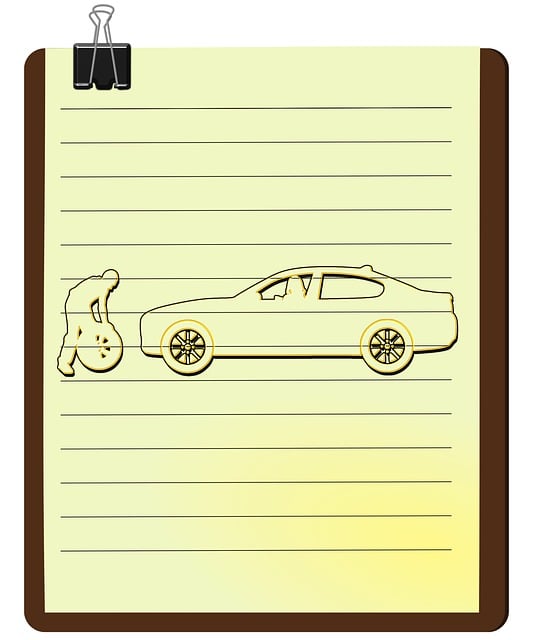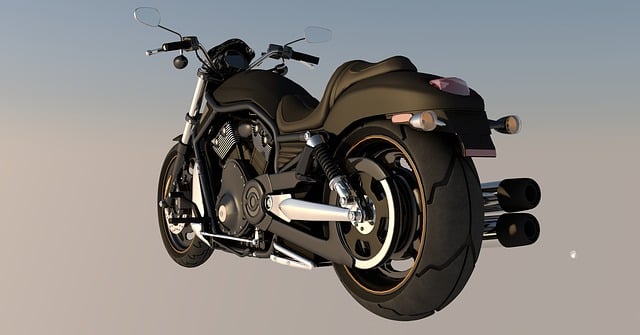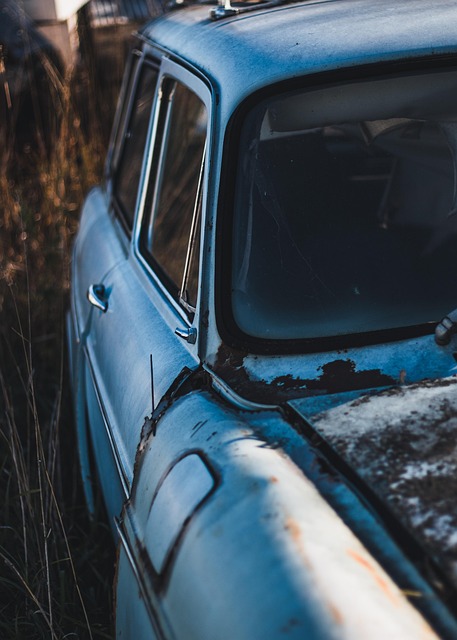Adhering to OEM (Original Equipment Manufacturer) repair procedures is vital for achieving high-quality, precise vehicle body repairs, preserving structural integrity and aesthetic value. These guidelines, developed through rigorous research, outline each step from preparation to final coating, ensuring flawless finishes and preventing future issues like rust or de-lamination. Collision centers can maintain consistency by adopting best practices: understanding vehicle design, using quality parts & equipment, maintaining records, staying updated on standards, and promoting continuous technician training. Embracing technological advancements will further enhance OEM repair procedures, setting benchmarks in quality, efficiency, and customer experience.
In the realm of precision repairs, Original Equipment Manufacturer (OEM) procedures serve as the gold standard. These detailed guidelines are meticulously crafted to ensure that every component is handled with meticulous care, resulting in superior repair accuracy. By adhering to OEM protocols, technicians can achieve consistent, high-quality outcomes, preserving the integrity of the equipment. This article explores why these procedures are vital, delving into their advantages and the best practices that future repairs rely upon.
- Understanding OEM Repair Procedures: The Foundation of Precision
- Advantages of Following OEM Guidelines for Enhanced Accuracy
- Best Practices and Future Implications: Ensuring Long-Term Quality in Repairs
Understanding OEM Repair Procedures: The Foundation of Precision

Understanding OEM repair procedures is paramount for achieving precision in any vehicle body shop. These protocols, developed by original equipment manufacturers (OEMs), serve as the foundation for ensuring that repairs match the exact specifications and quality standards set by the vehicle’s designer. By adhering to these procedures, auto painting specialists can maintain the aesthetic integrity of the vehicle, from the texture of the paint to its color accuracy.
Moreover, OEM repair procedures guide every step of the auto painting process, including surface preparation, primer application, and final coating. This meticulous approach not only guarantees a flawless finish but also ensures that any repairs are structurally sound. For instance, proper adherence to these guidelines in vehicle paint repair can prevent future issues such as rust or de-lamination, ensuring the car retains its value and looks like new for years to come.
Advantages of Following OEM Guidelines for Enhanced Accuracy

Adhering to OEM (Original Equipment Manufacturer) guidelines during repair processes offers a multitude of benefits when it comes to achieving precision and quality in auto repair services, especially in complex cases of automotive collision repair or car damage repair. These guidelines are meticulously crafted based on extensive research and testing, ensuring that every step aligns with the vehicle’s original design intent. By following OEM procedures, repair technicians can maintain the integrity of the vehicle’s structure, performance, and safety features.
Precision is paramount in the auto repair industry, and OEM repair procedures serve as a roadmap to achieving it. They provide detailed instructions, specifications, and standards that guarantee each repair component is replaced or repaired to the exacting levels expected by the original manufacturer. This level of accuracy is crucial, particularly when dealing with intricate systems and components, ensuring that the vehicle returns to its optimal condition post-repair, whether it’s a simple fix or a complex auto collision repair scenario.
Best Practices and Future Implications: Ensuring Long-Term Quality in Repairs

Adhering to best practices is paramount for achieving precision in OEM (Original Equipment Manufacturer) repair procedures. These practices encompass a comprehensive understanding of vehicle design, utilizing high-quality parts and equipment, and strictly following manufacturer guidelines. By maintaining meticulous records, staying updated on industry standards, and fostering continuous training among technicians, collision centers can ensure long-term consistency in auto body work. This approach not only guarantees the safety and reliability of repaired vehicles but also enhances customer satisfaction by delivering top-tier results that match or exceed factory standards.
Looking ahead, the future of collision repair lies in embracing technological advancements. Integrating digital tools for precision measurement, augmented reality training, and advanced material properties will further refine OEM repair procedures. As the industry evolves, collision centers that remain agile and invest in these innovations are poised to set new benchmarks in quality, efficiency, and customer experience—ensuring their longevity in a competitive market dominated by high-expectations auto body work.
OEM repair procedures are not just guidelines; they are the blueprint for achieving precision and quality in any device or machinery repair. By adhering to these protocols, technicians ensure consistent and accurate results, fostering a culture of reliability within the industry. As technology advances, best practices must evolve alongside it, ensuring that future repairs maintain the same high standards set by OEM guidelines. Investing time in understanding and following these procedures is crucial for long-term quality assurance, ultimately benefiting both repair shops and their customers.








